Our History
The Center was founded in 1998 by D.A. Henderson as the first nongovernment organization to study the vulnerability of the US civilian population to biological weapons and how to prevent, prepare, and respond to their consequences.
For over 20 years, we’ve aimed to ensure a future in which severe pandemics can no longer threaten our world. We conduct a series of projects, collaborations, and initiatives to push forward progress on global health security, emerging infectious diseases and epidemics, medical and public health preparedness and response, deliberate biological threats, and opportunities and risks in the life sciences.
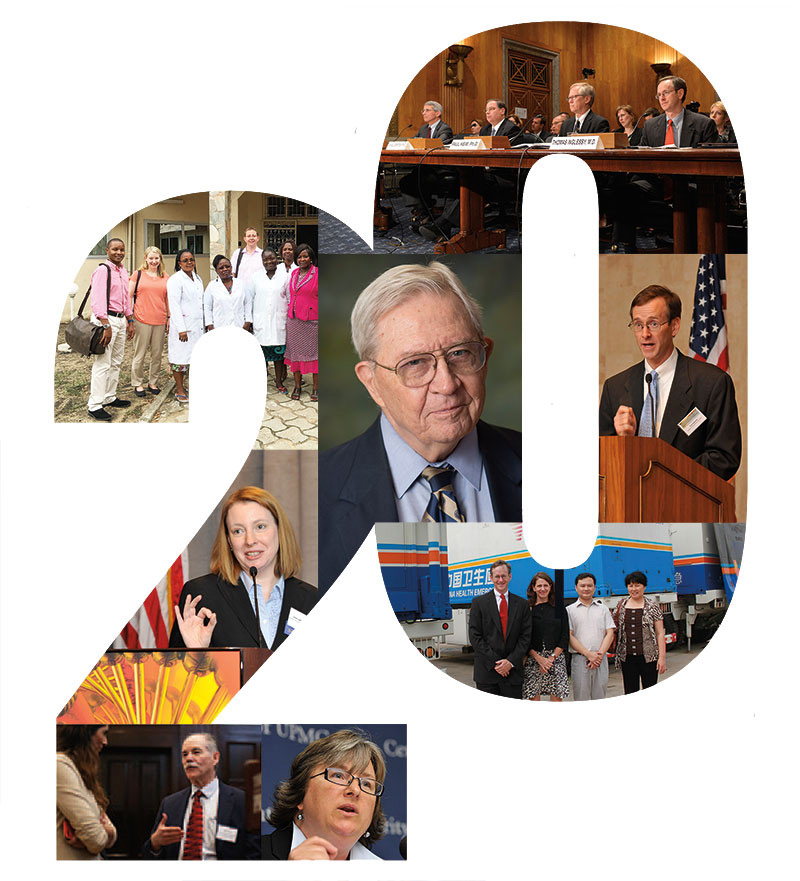
1998
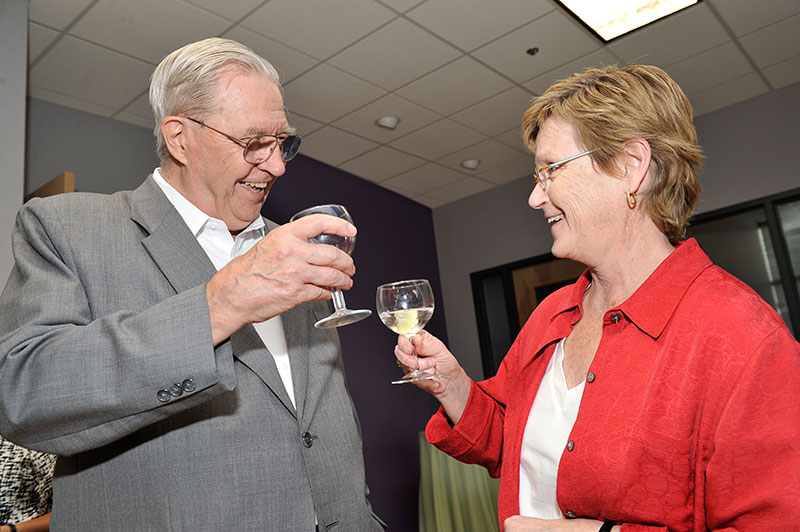
First nongovernment organization to study the vulnerability of US civilian population to biological weapons and how to prevent, prepare, and respond.
1999, 2000
Organized 2 national symposia on medical and public health response to bioterrorism.
1999-2002
Published seminal series of papers in JAMA on medical management of biological agents.
2001
Dark Winter exercise, depicting a smallpox attack on the US, was highly influential in the government’s decision to buy national smallpox vaccine stockpile.
2002
Findings from 2 Center reports on the US hospital preparedness program became the basis for HHS grant guidance for hospitals and communities around the country.
2003
Led and shaped national efforts to engage the public constructively in epidemic and disaster response policies and programs.
Launched first peer-reviewed journal in the field, Biosecurity and Bioterrorism, later renamed Health Security.
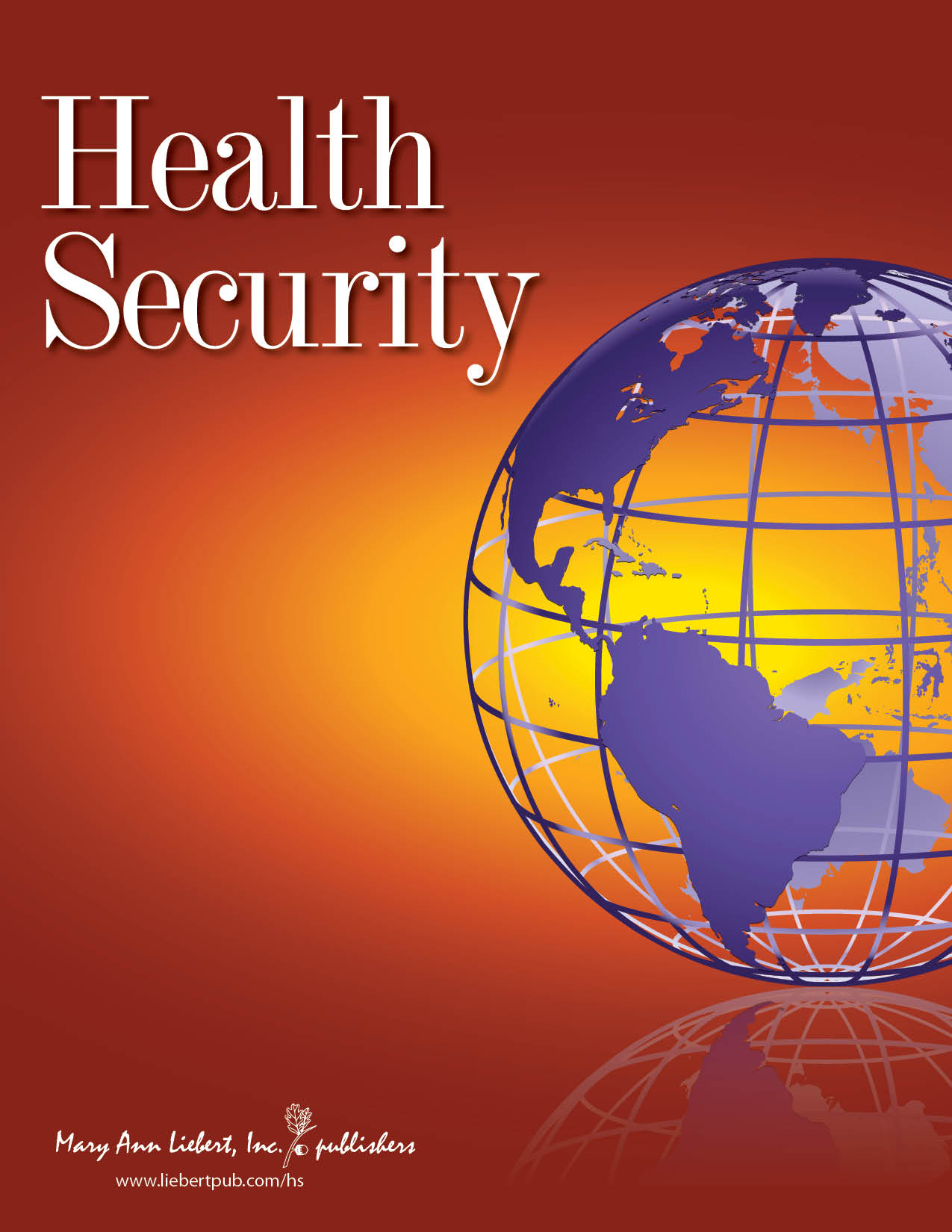
2004
Center research helped provoke US policy examination of “dual-use research.”
Began publishing annual health security federal funding articles, used by media and government to understand how biodefense and health security are structured and resourced.
2005
Atlantic Storm exercise demonstrated interdependence of the international community in the face of epidemics and biological weapons.
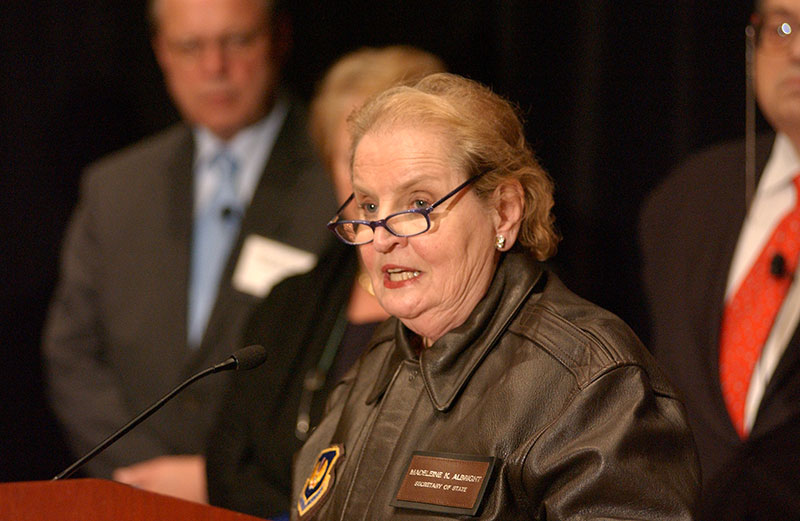
2006
Center analysis and advocacy helped to inform the framework for the Pandemic and All-Hazards Preparedness Act, as well as the Biomedical Advanced Research and Development Authority (BARDA).
2011
Published first nuclear preparedness guidance aimed at public health, medical, and civic leaders in the Rad Resilient City initiative.
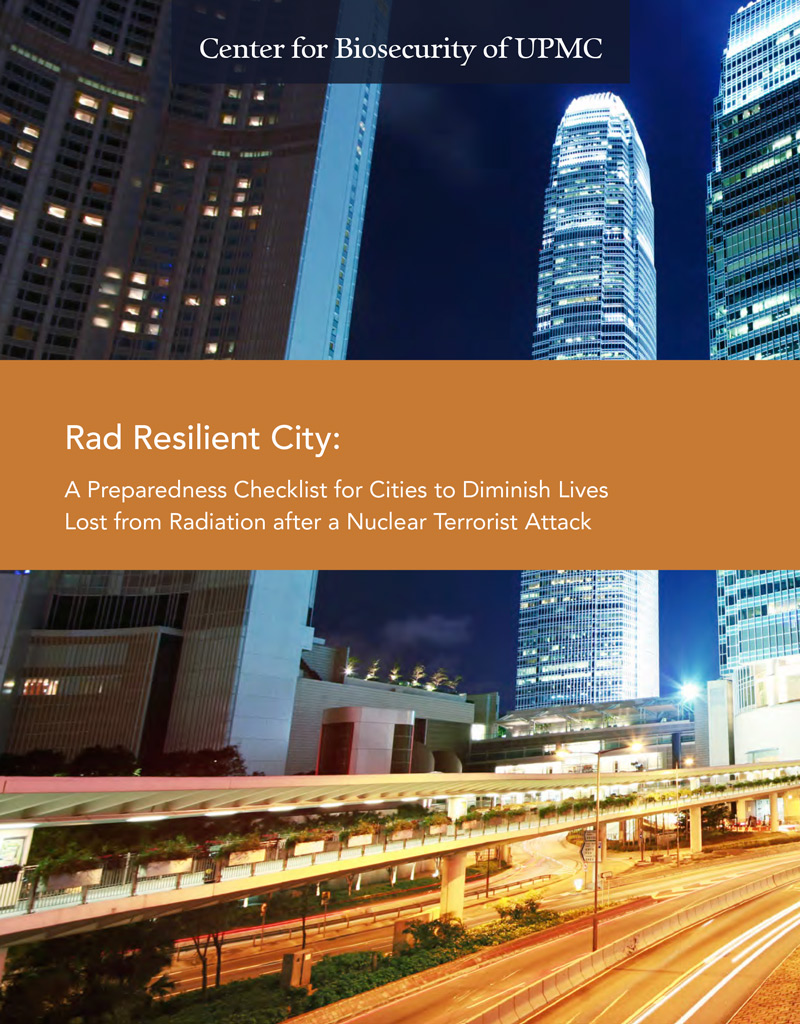
2012
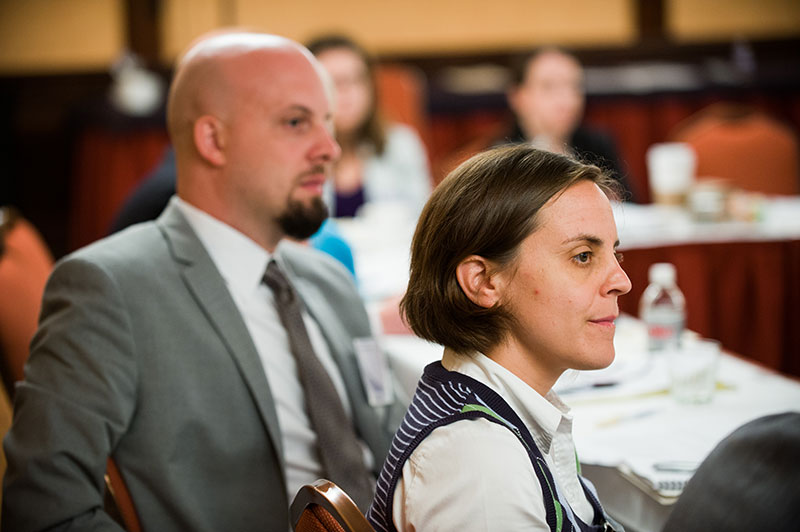
Created first international fellowship program focused on building biosecurity leadership, Emerging Leaders in Biosecurity Initiative.
First effort to report state-wide public views regarding how to allocate scarce resources in a pandemic.
2013
Helped lead and develop the National Health Security Preparedness Index, the first state-by-state index of health preparedness.
2013-2014
Helped drive debate on gain-of-function/potential-pandemic-pathogen research, resulting in US government funding pause and new US policy.
2014
One of the first NGOs to publicly support and work for the success of the Global Health Security Agenda.
2014, 2016
Established Track II SE Asian-US & India-US biosecurity dialogues.
2017
Published first working paper in field defining global catastrophic biological risks, catalyzing a new focus on these issues in the field.
2018
Clade X exercise was first major public tabletop to shine light on major political and policy decisions that will emerge in the event of a global catastrophic biological event.

